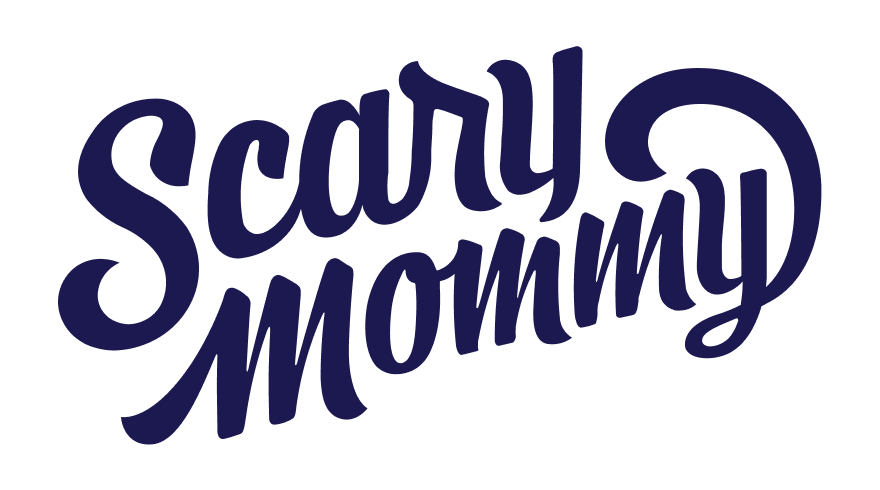Although Columbus Day is still a federally recognized holiday, this year, President Biden issued a proclamation of Indigenous People's Day, to be held on the same day. Indigenous People's Day is an attempt to help refocus our collective attention on the complicated history of the lands on which we now live.
Celebrating Indigenous People's Day in the classroom is a great way to help kids recognize the diversity that has helped shape our nation. While some of our nations history may be uncomfortable, introducing kids to some of these topics is essential to understanding the history of where we live.
Here are five ways to recognize and celebrate Indigenous People's Day.
Read books by or about Native Americans
Both younger and older kids benefit from read alouds. Reading stories together as a class gives students a chance to practice their fluency and reading comprehension skills in addition to providing meaning conversations and class discussions.
Here are a few of our favorites:
Picture books — Awâsis and the World-Famous Bannock by Dallas Hunt, Encounter by Brittany Luby, Stone River Crossing by Tim Tingle, At the Mountain's Base by Traci Sorrel, and When We Were Alone by David Robinson.
Middle-grade — Where the Dead Sit Talking by Brandon Hobson, Give Me Some Truth by Eric Gansworth, In the Footsteps of Crazy Horse by Joseph Marshall, and I Can Make this Promise by Christine Day.
Mapping activity
Using a blank map of the United States, have students shade different regions with the native tribes that first inhabited those lands. Older students can create several maps at two or three points in the 18th and 19th centuries to show the forced migration of tribes throughout history. Discuss these maps and the treatment of native people's throughout our history in an age appropriate manner.
As an extension activity, students can choose one tribe and research more information about their culture.
Create oral stories/histories about your families
Discuss the importance of oral history and storytelling in many native tribes. Share one or two legends students might find interesting and discuss how retelling stories can shape your understanding and meaning of the stories.
Then, have students create oral histories of their own families and retell those to the class.
Activities for older students:
Research myths about Christopher Columbus
Read an age appropriate article about some of the controversy around celebrating Columbus Day and some of the myths about Columbus. Discuss why history books might gloss over some of the less heroic facts about Columbus. Then, read from their history books about Columbus and have them rewrite that section of the book.
Research the tribe(s) that lived in your state
Have students research the tribes that first lived in your state. They can answer questions about their history and culture and discuss any evidence of their contributions. This could include things like streets named after the tribe, popular foods, art, or any other evidence of their contributions.
Teaching and discussing the realities of our past can be difficult but it doesn't mean it can be ignored. Introducing one or a few of these ideas will help open your students' to become more empathic and kind.
How are you celebrating Indigenous people's day? Let us know if the comments!
#momlife #teacherlife #teachers #indigenouspeoplesday #lessonplans #lessons #education #school #holiday #historylessons #nativeamericans #kids

No comments:
Post a Comment